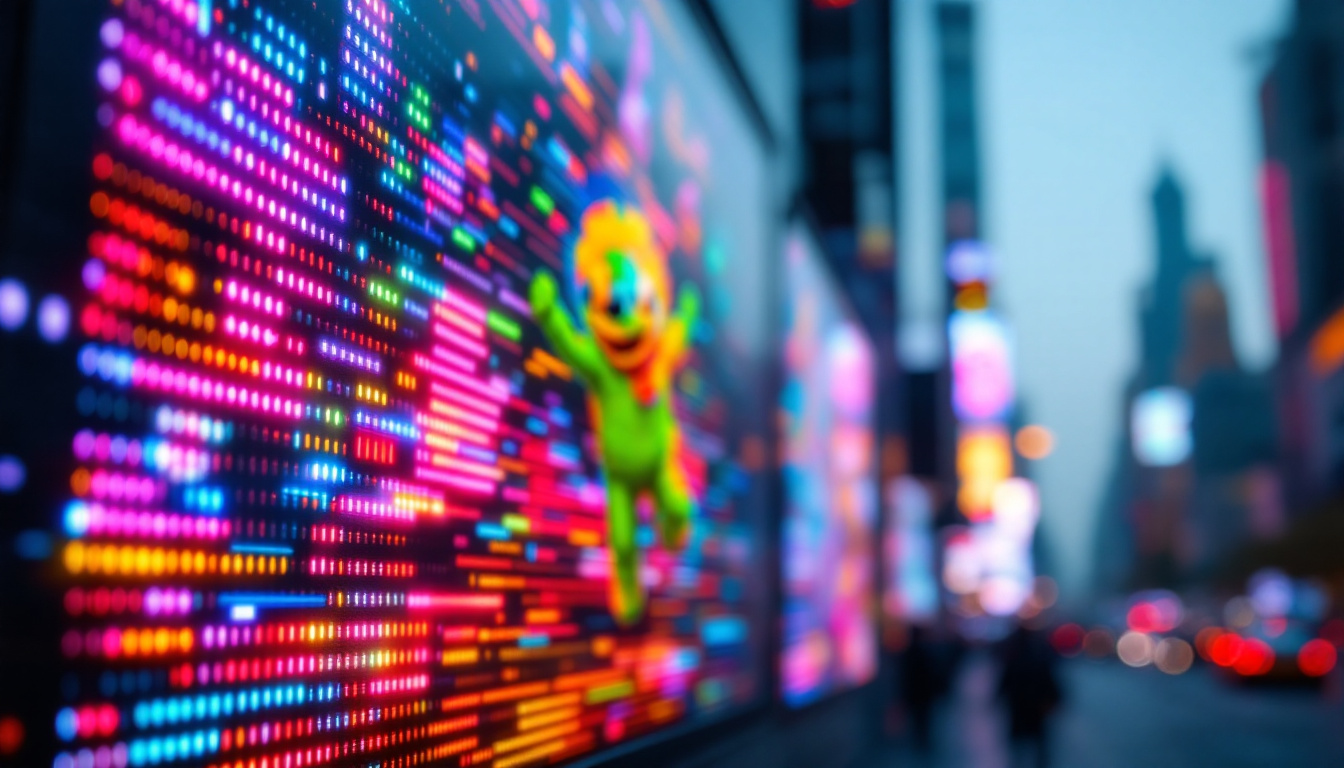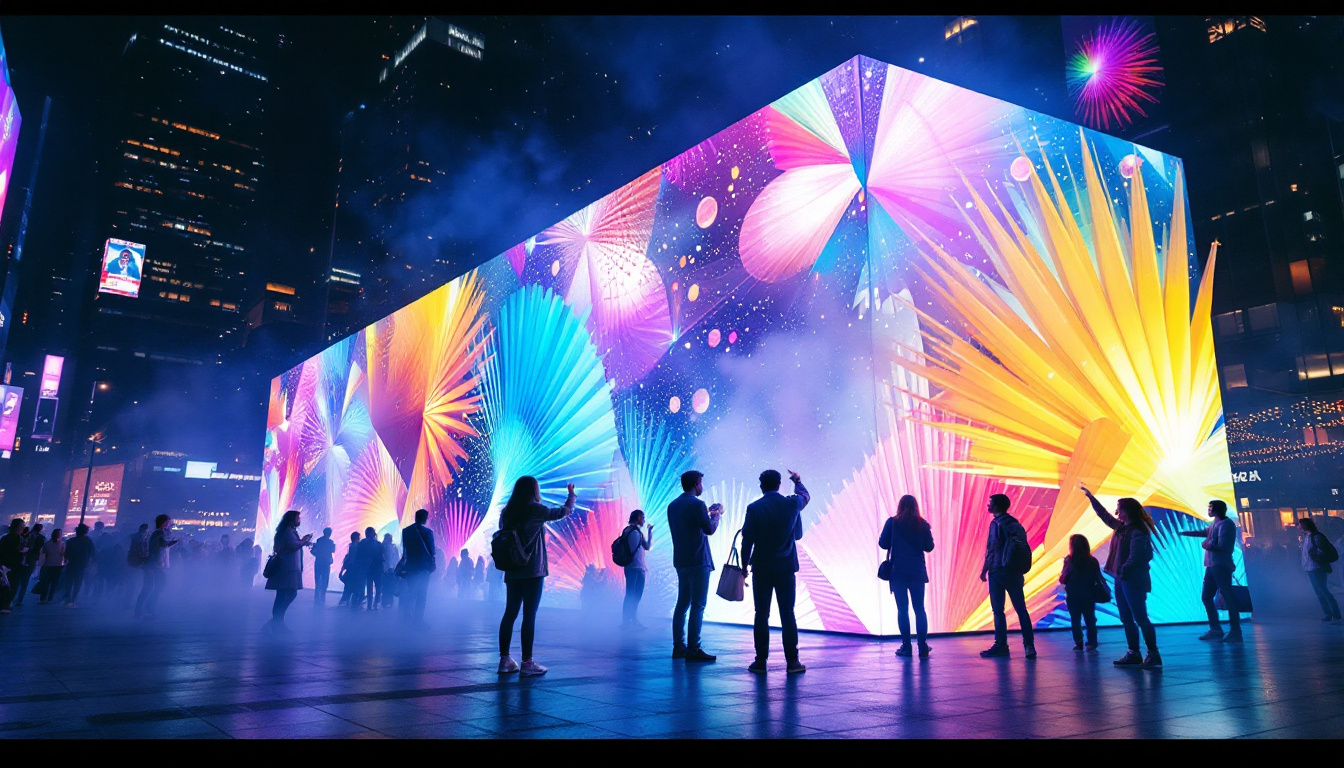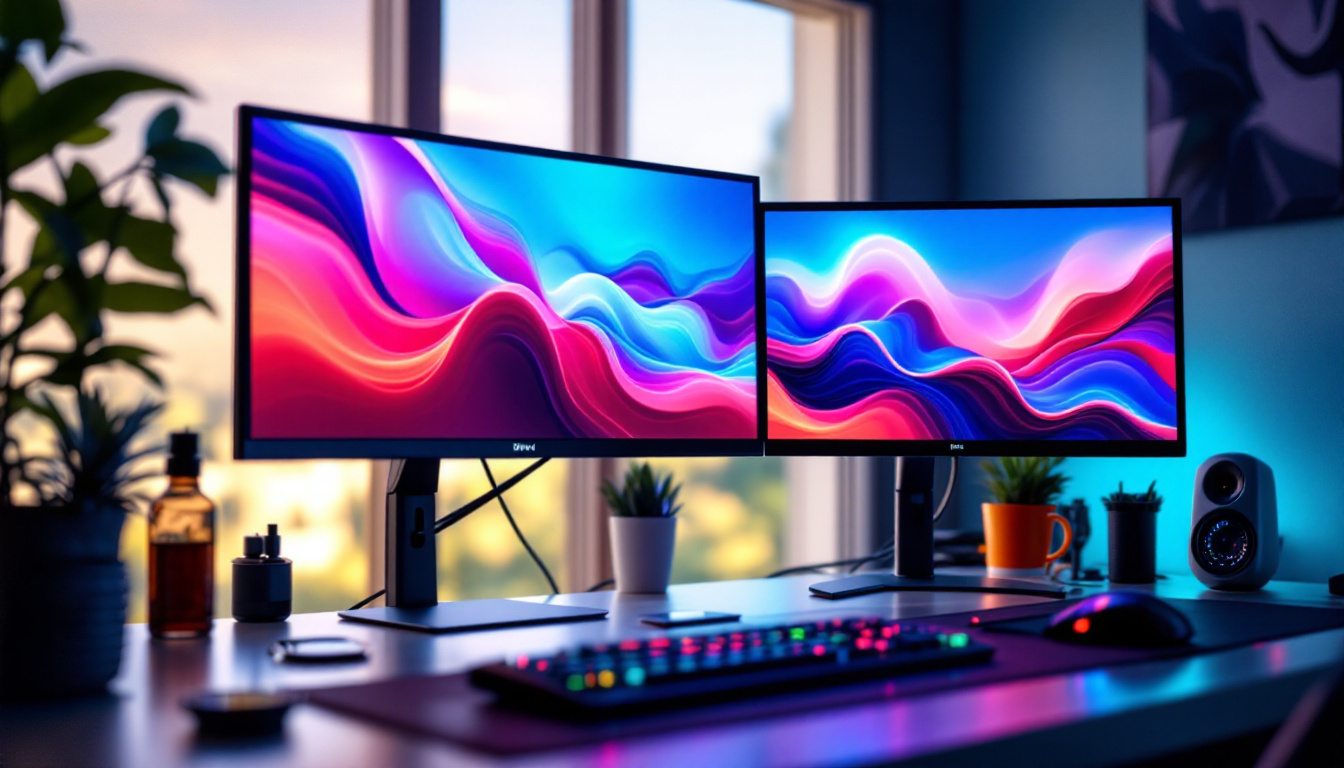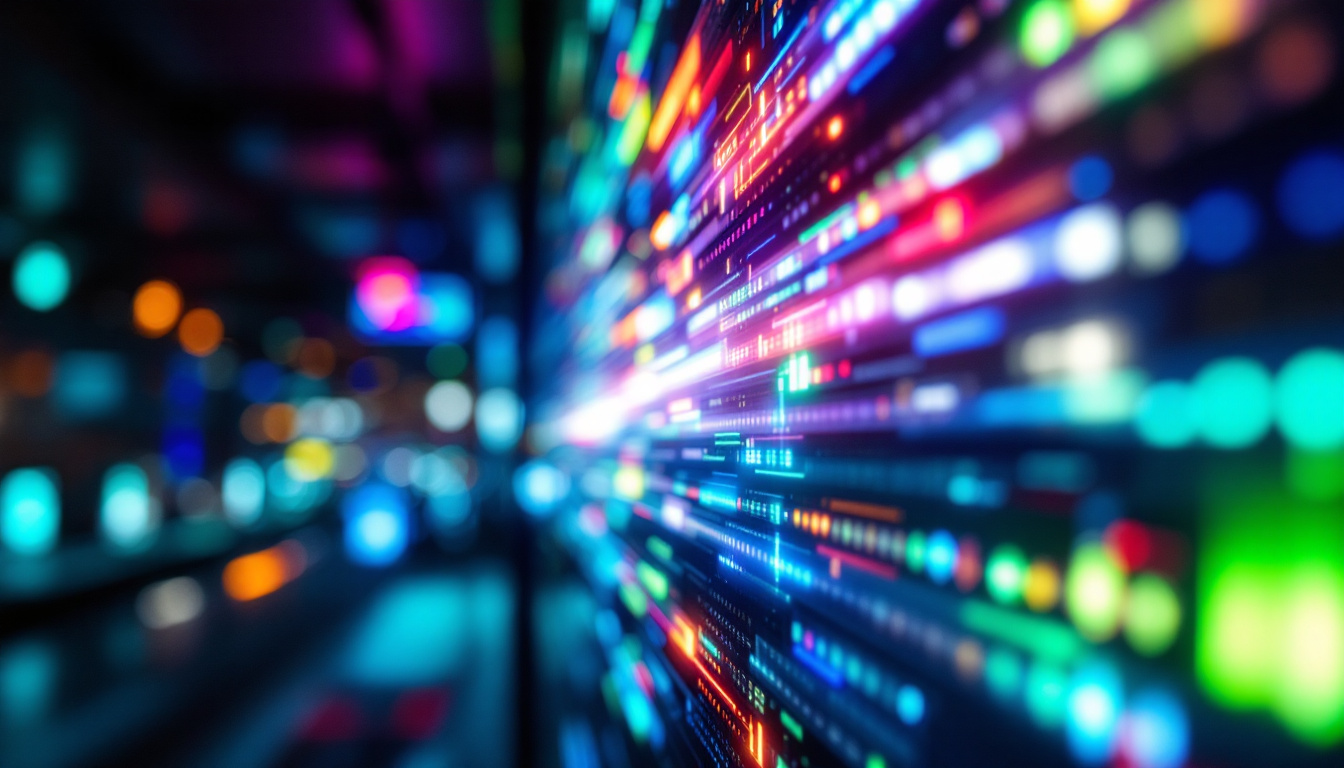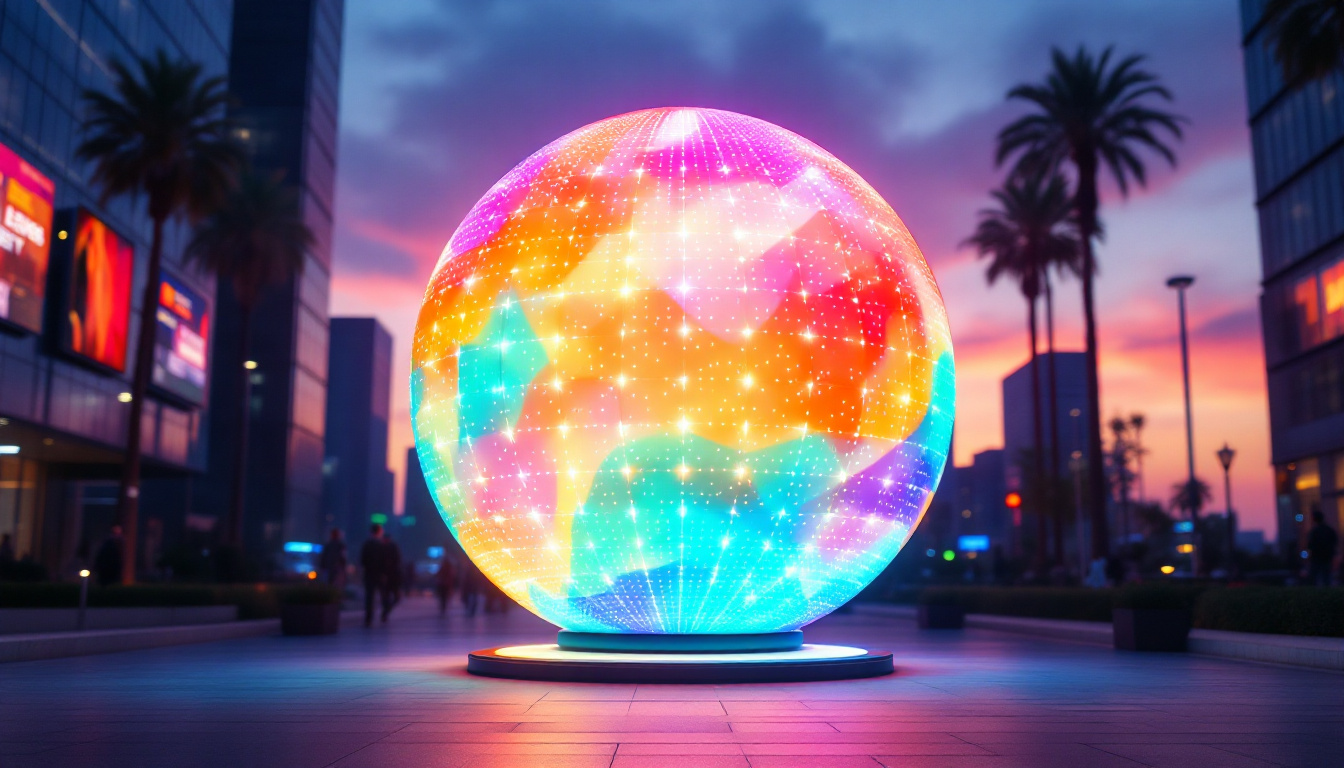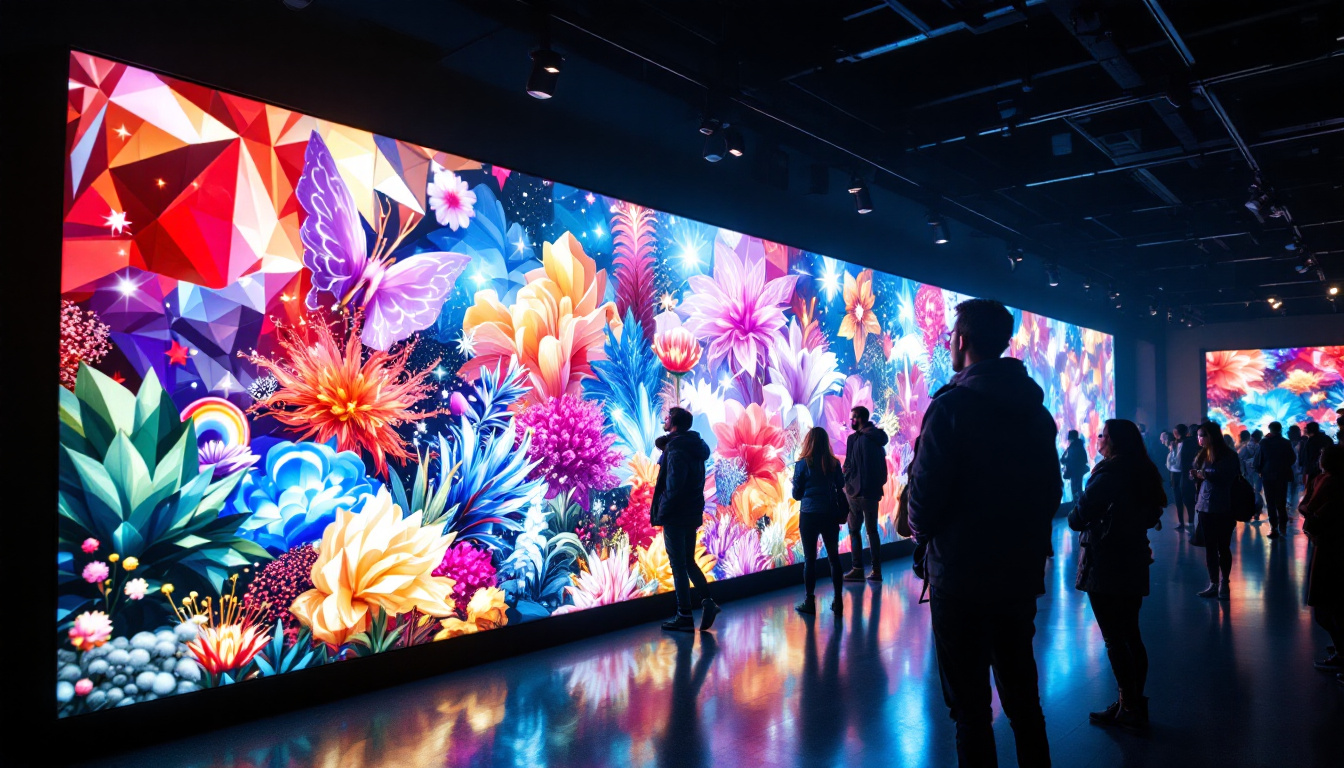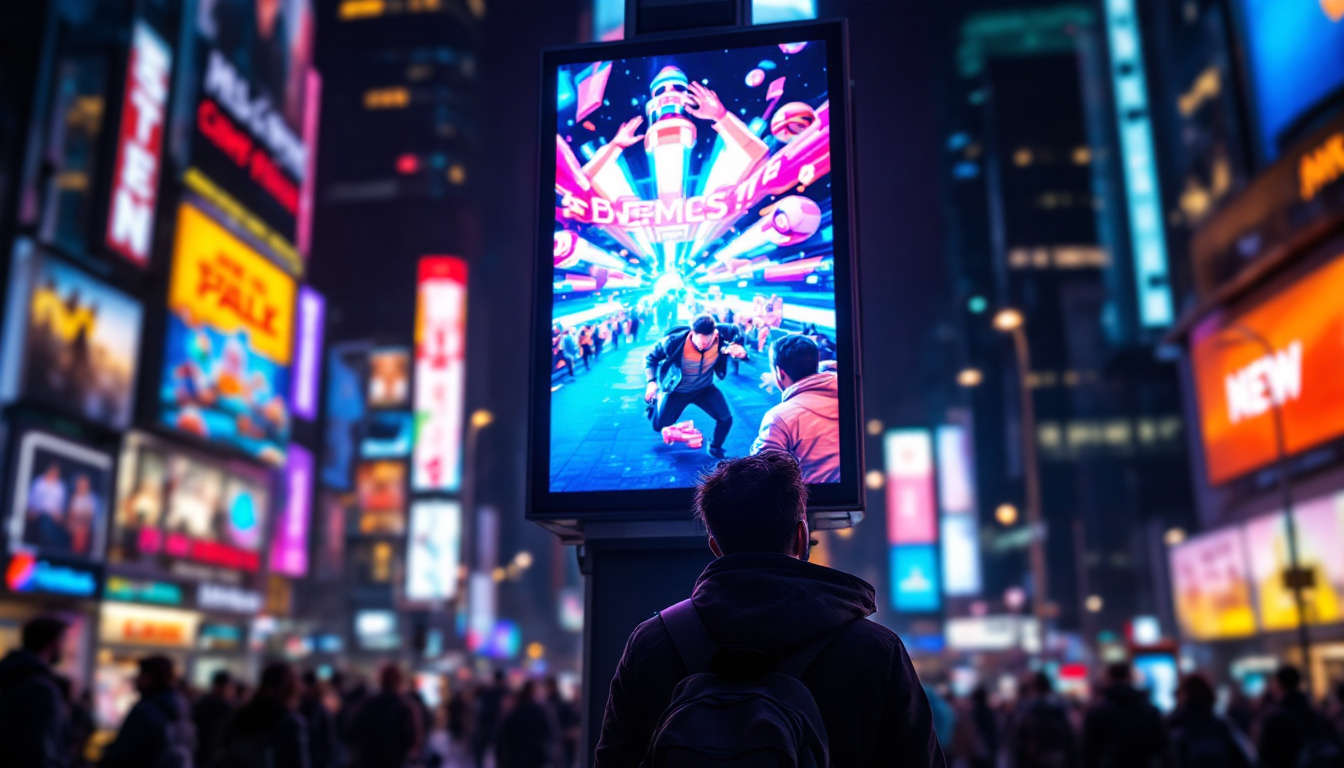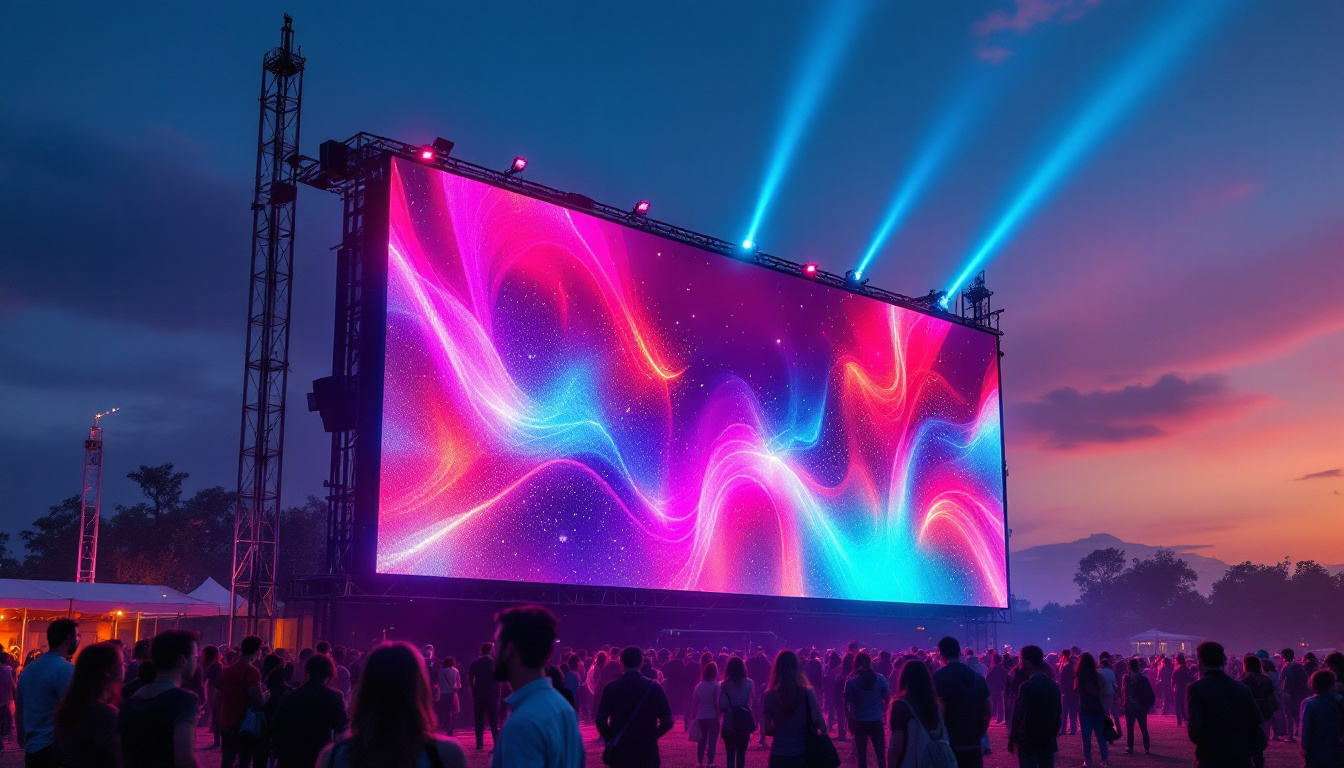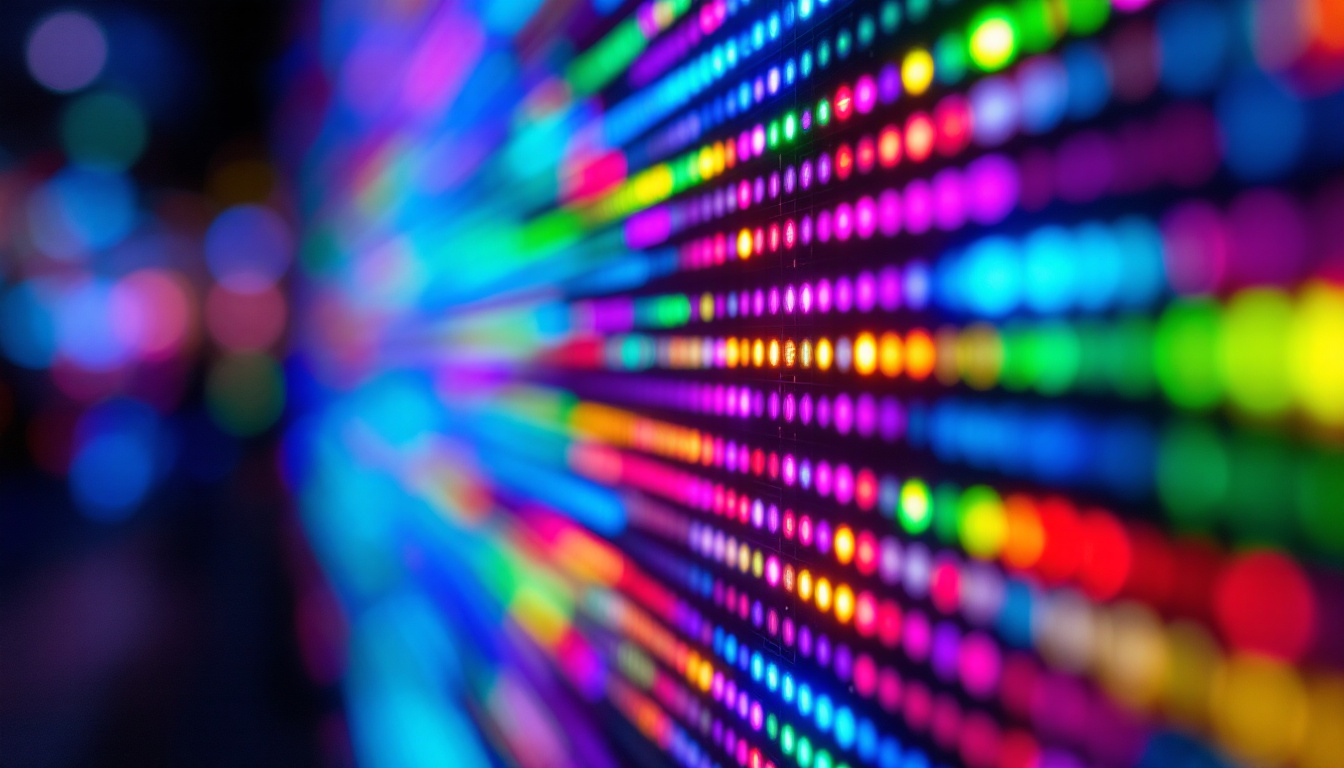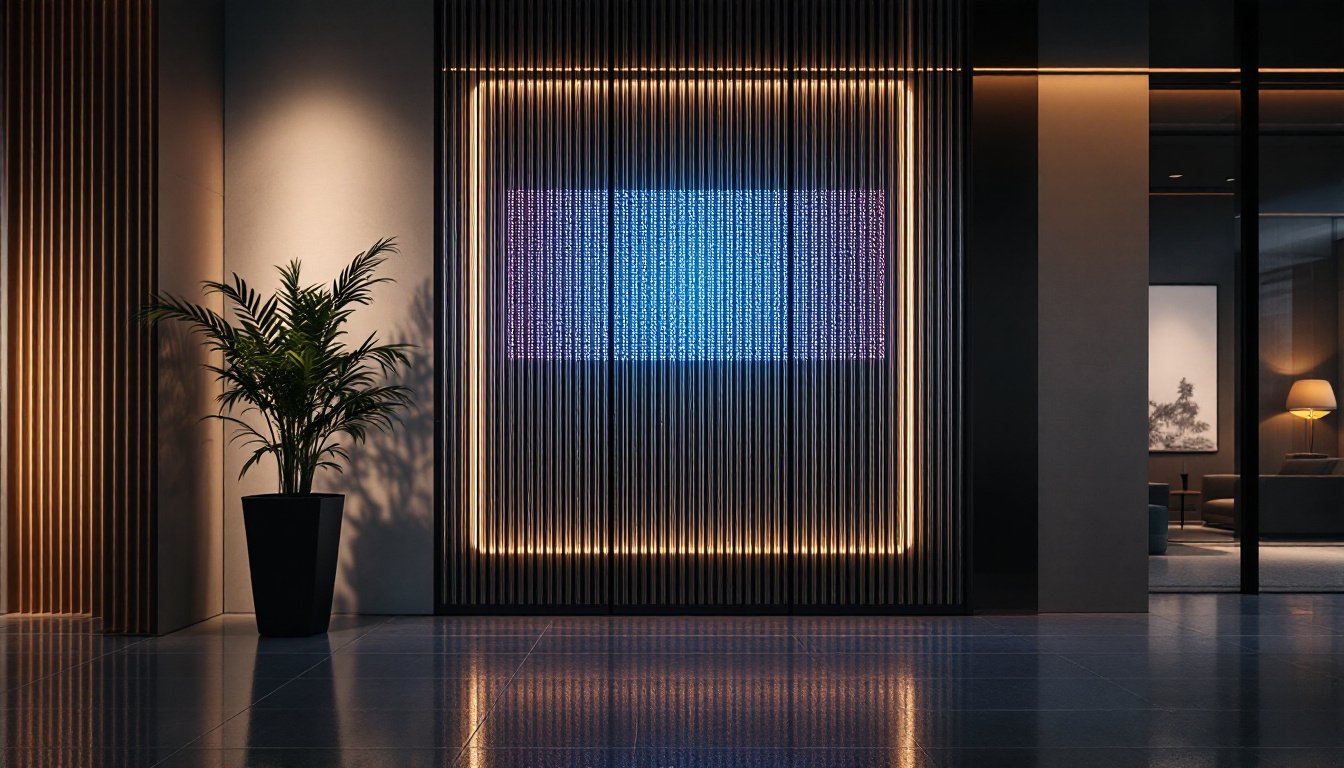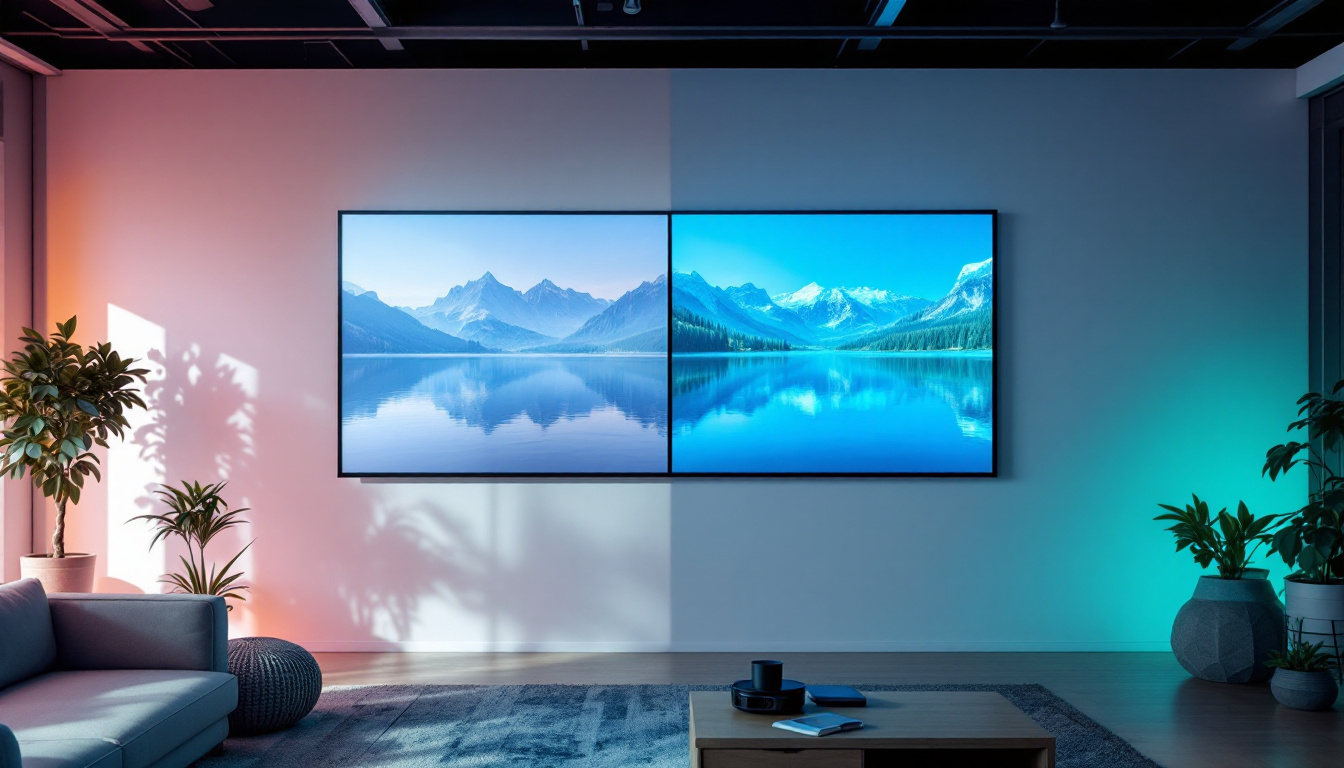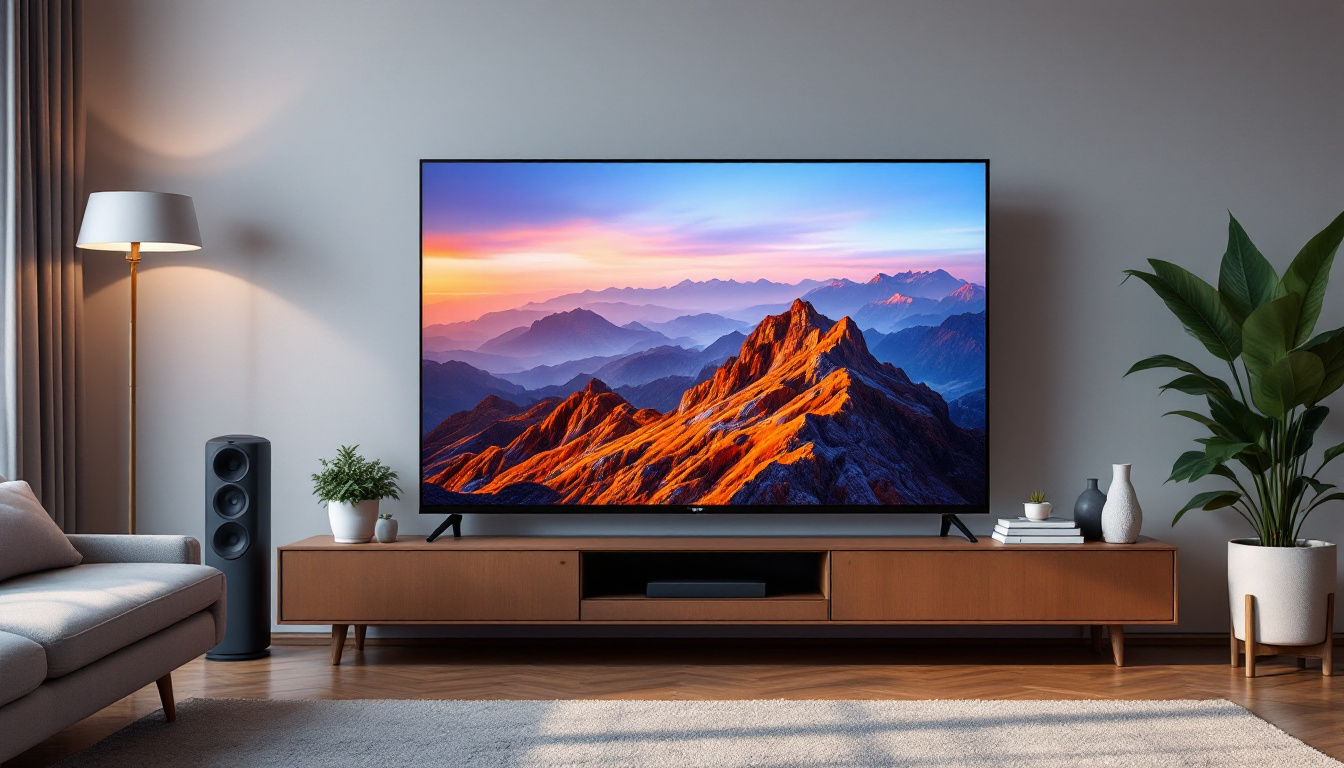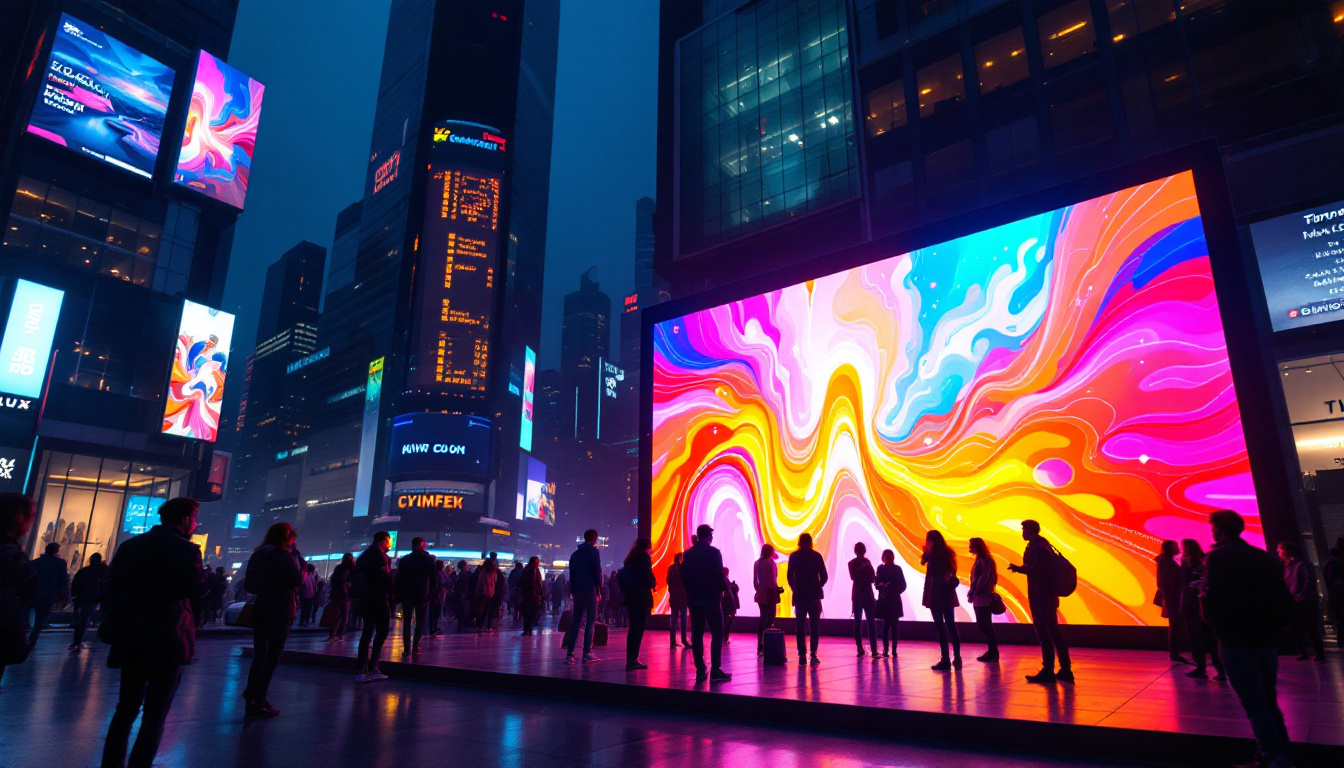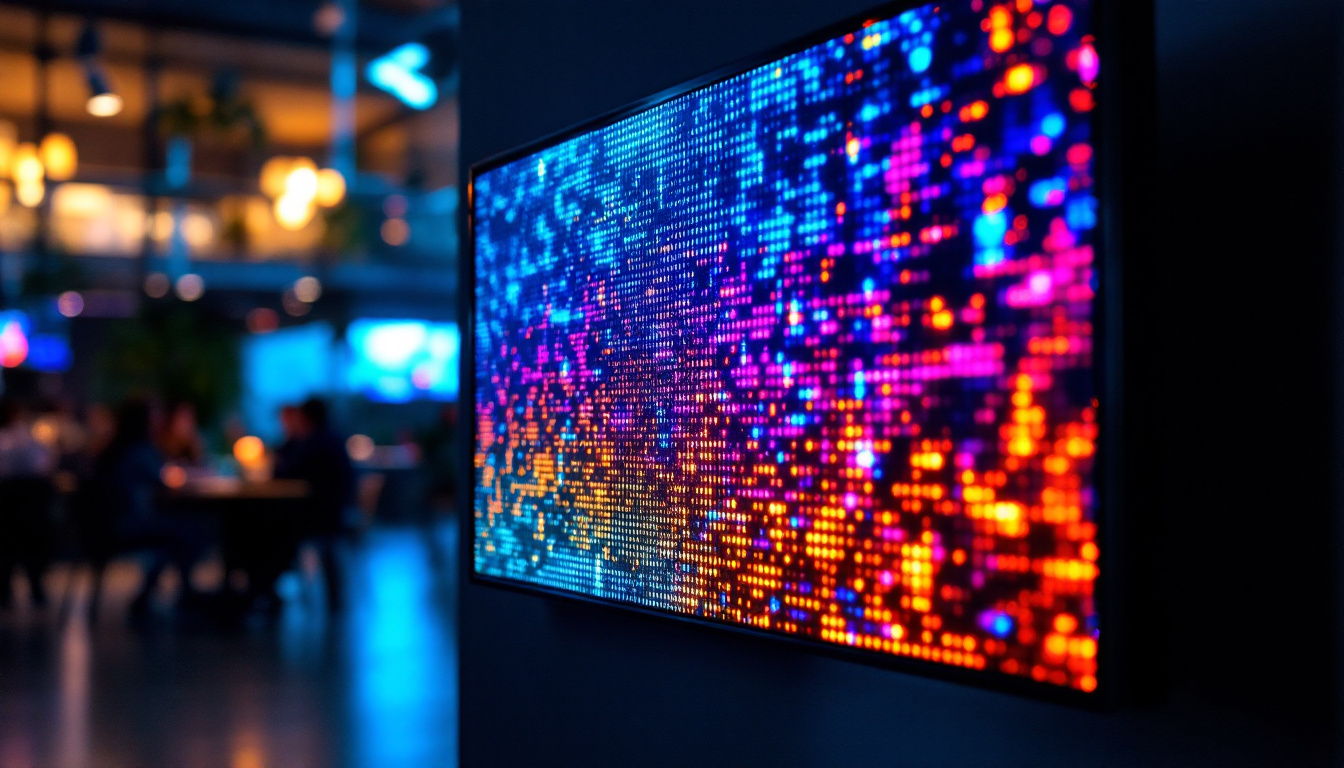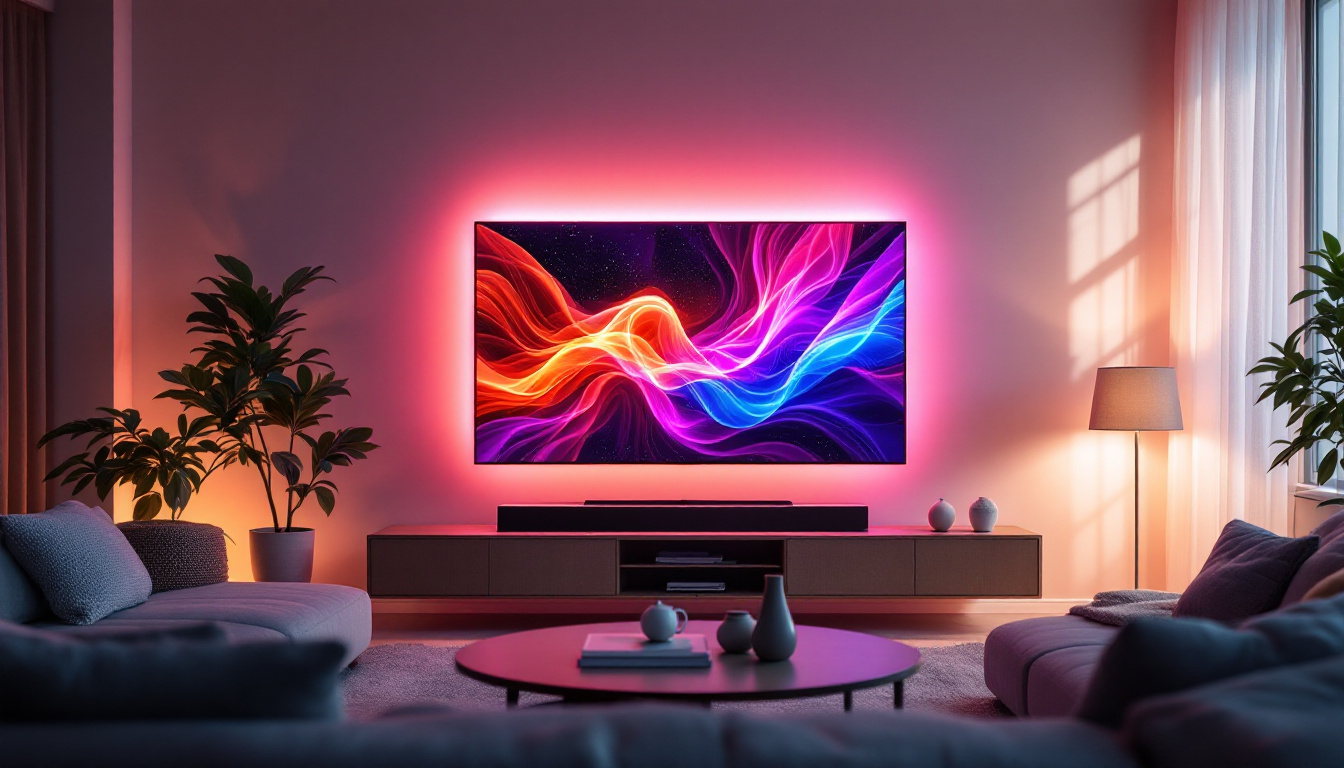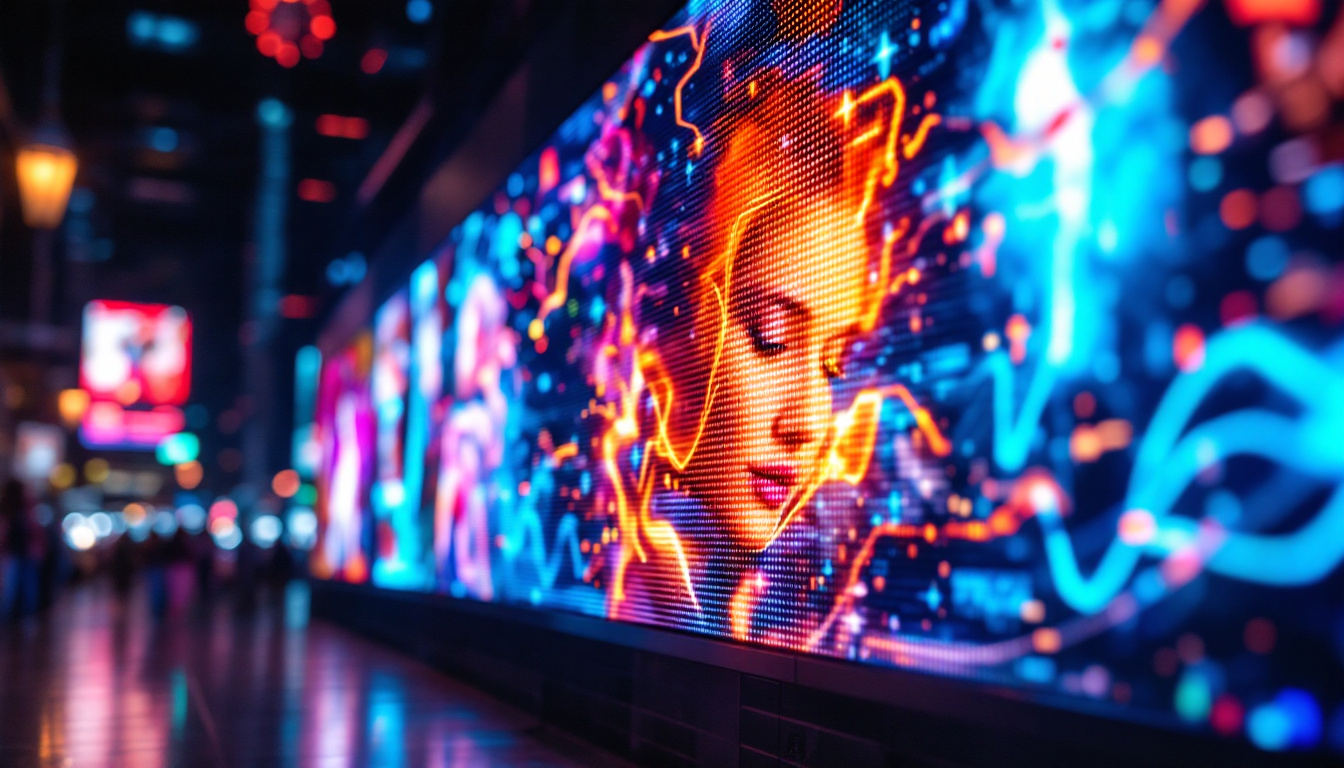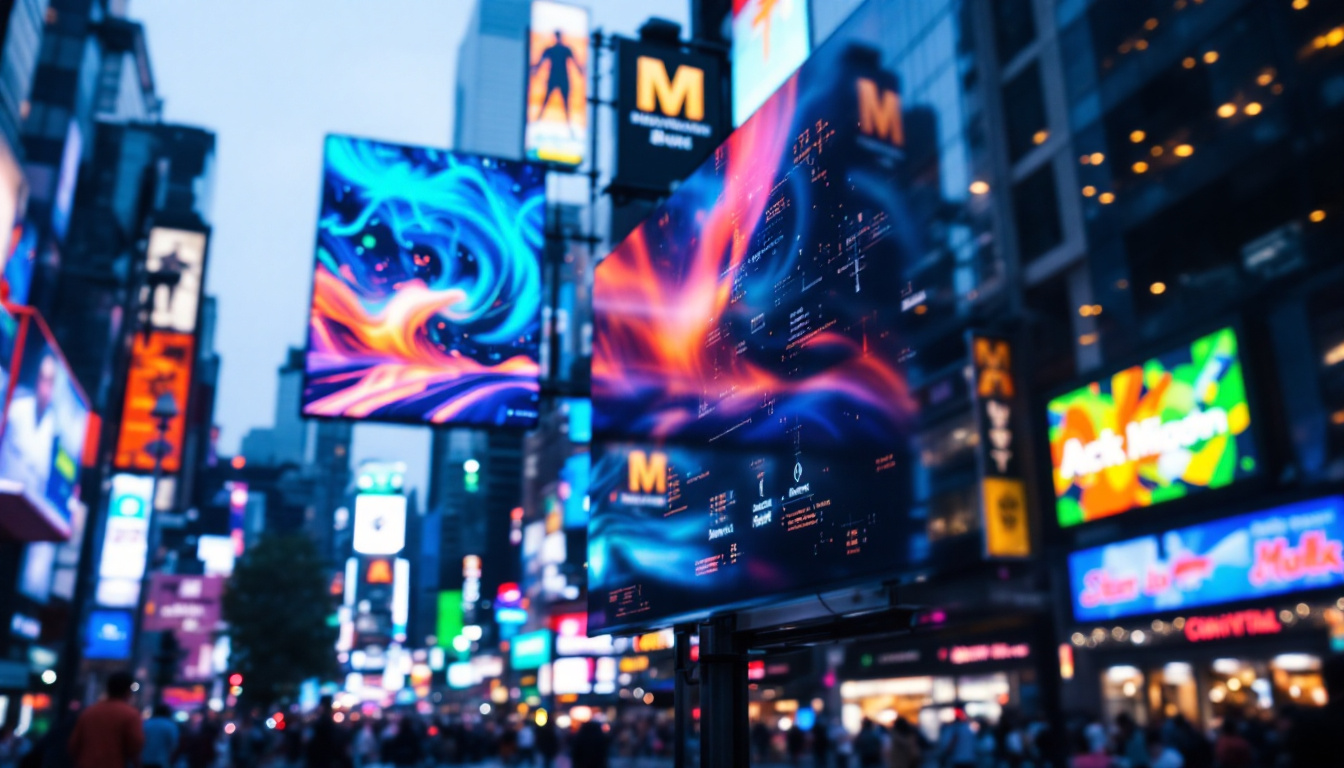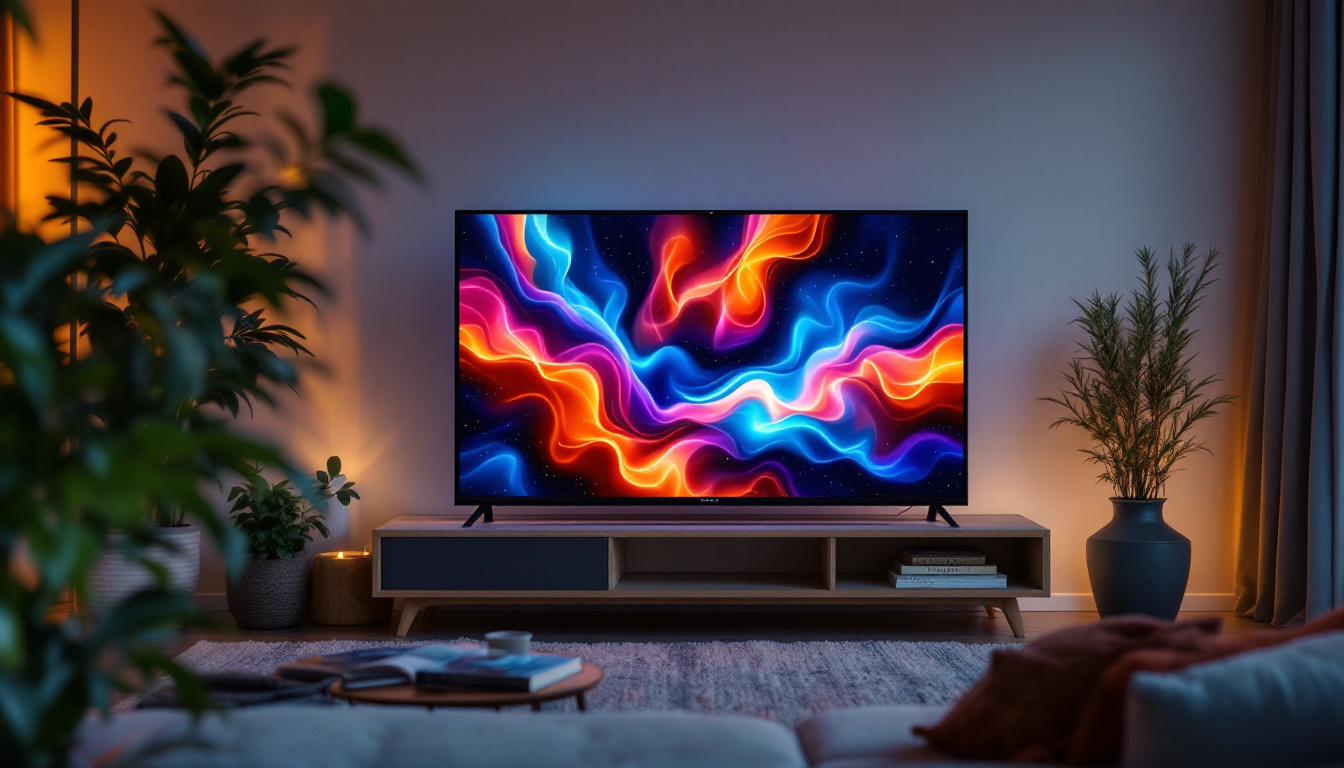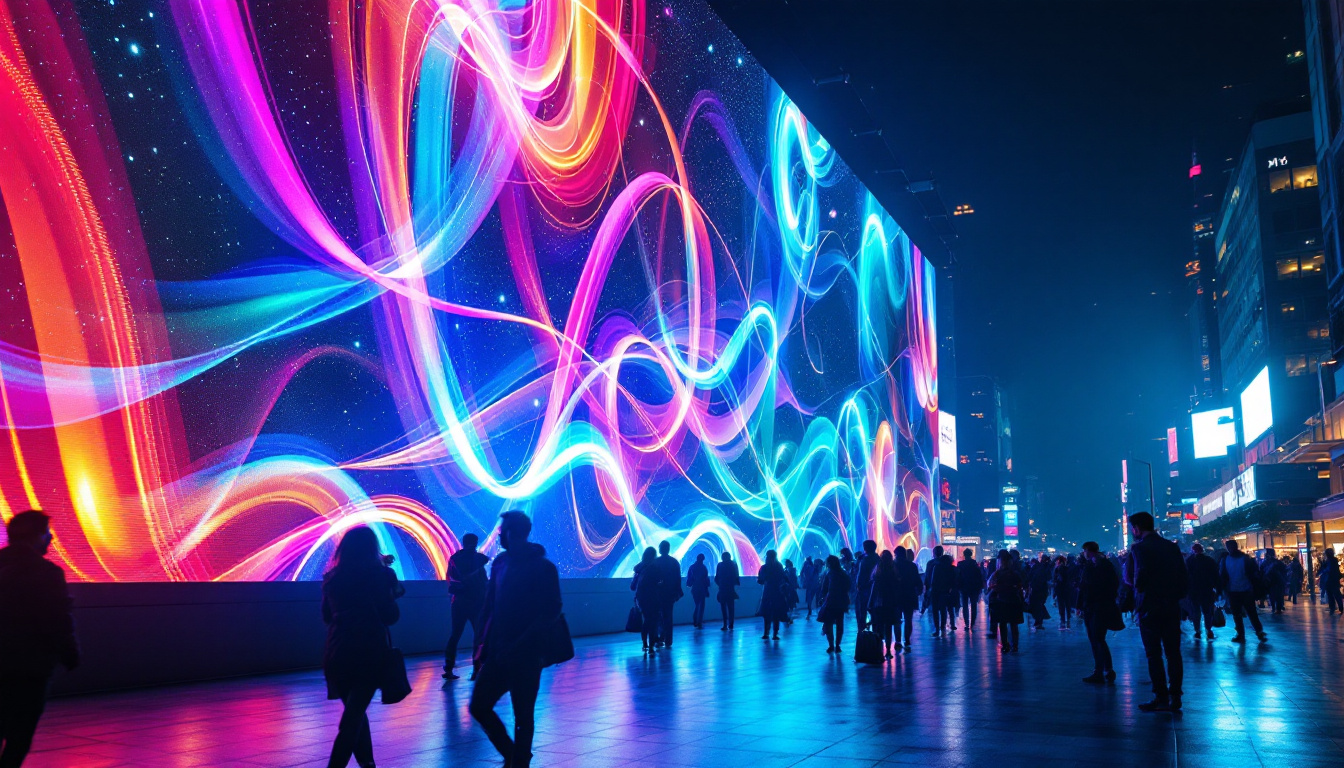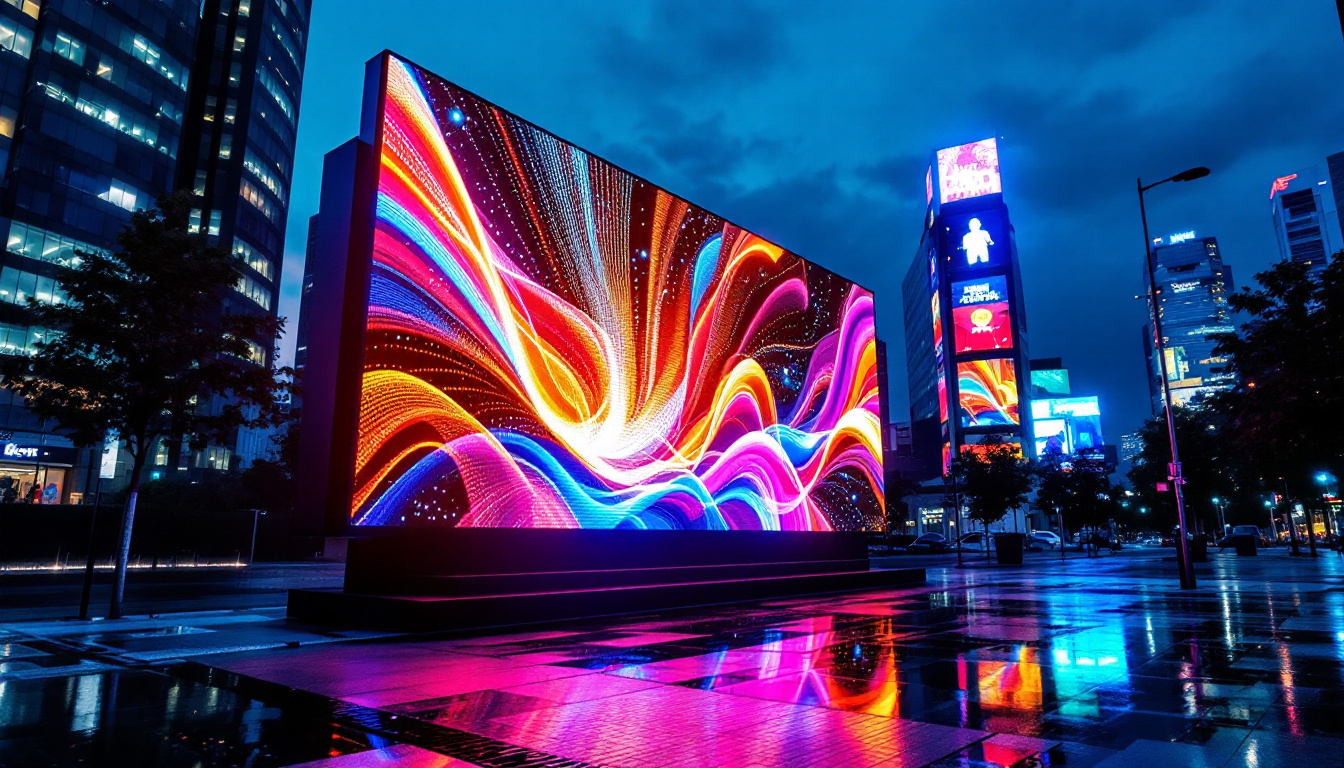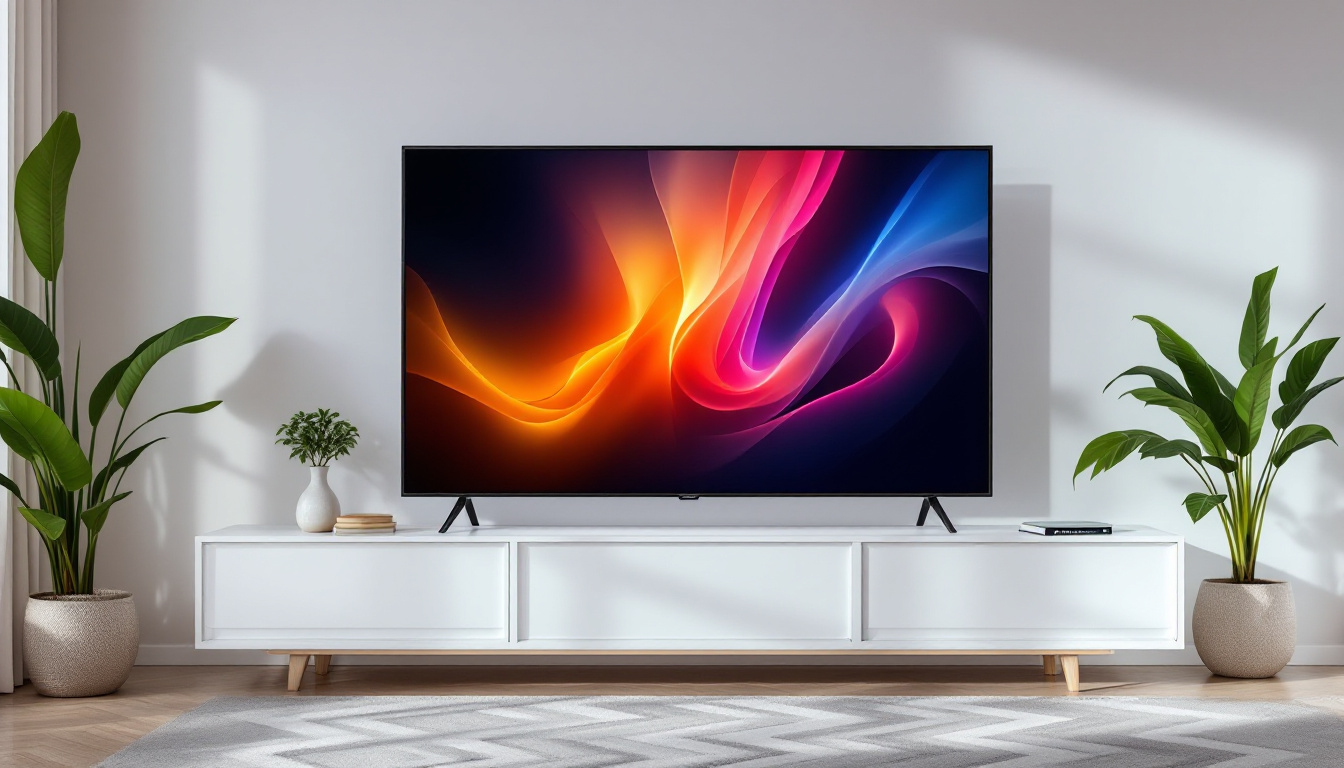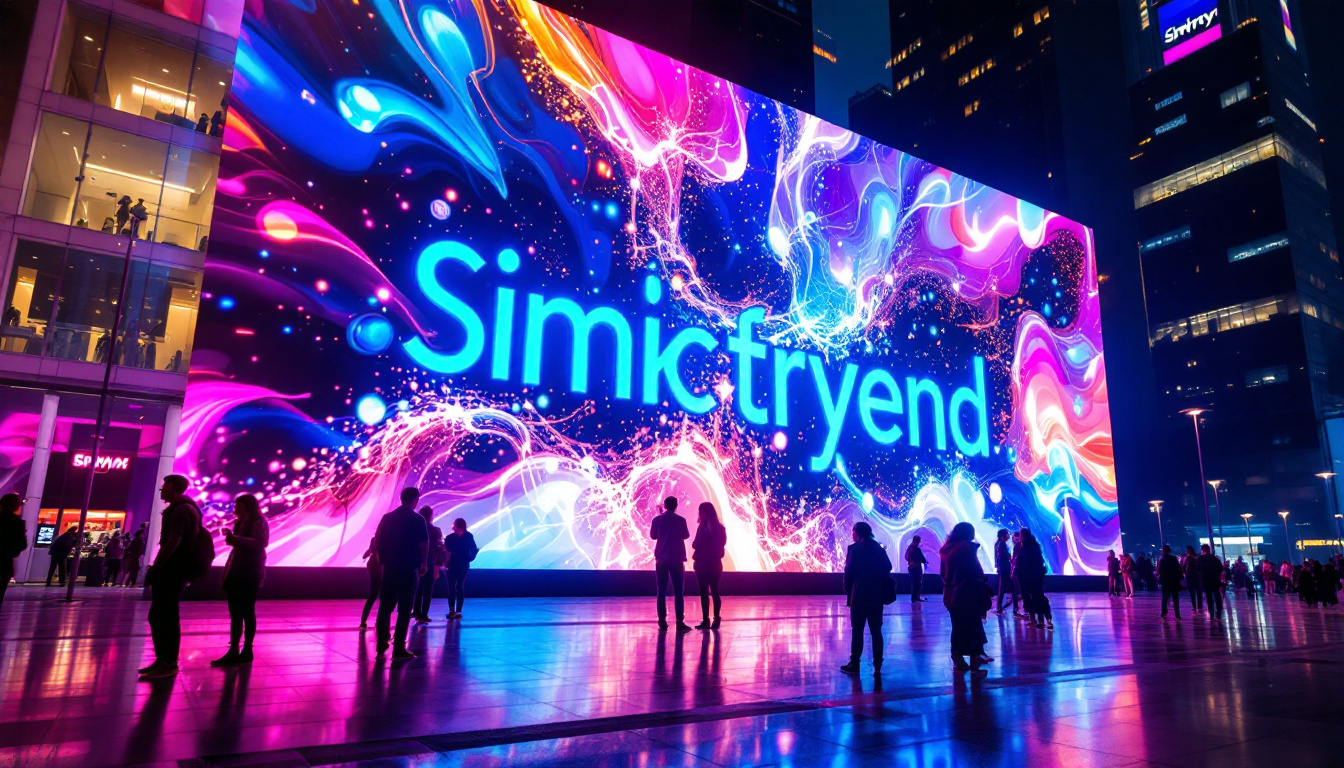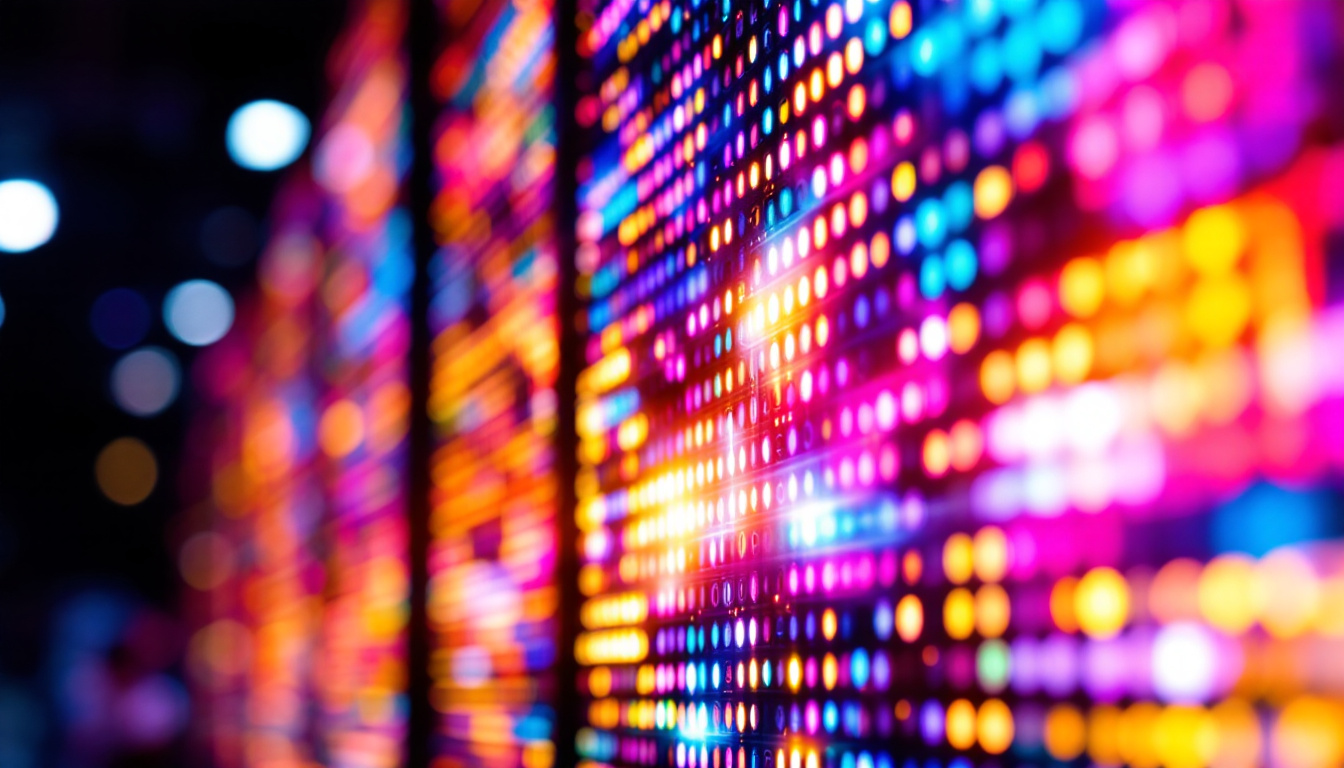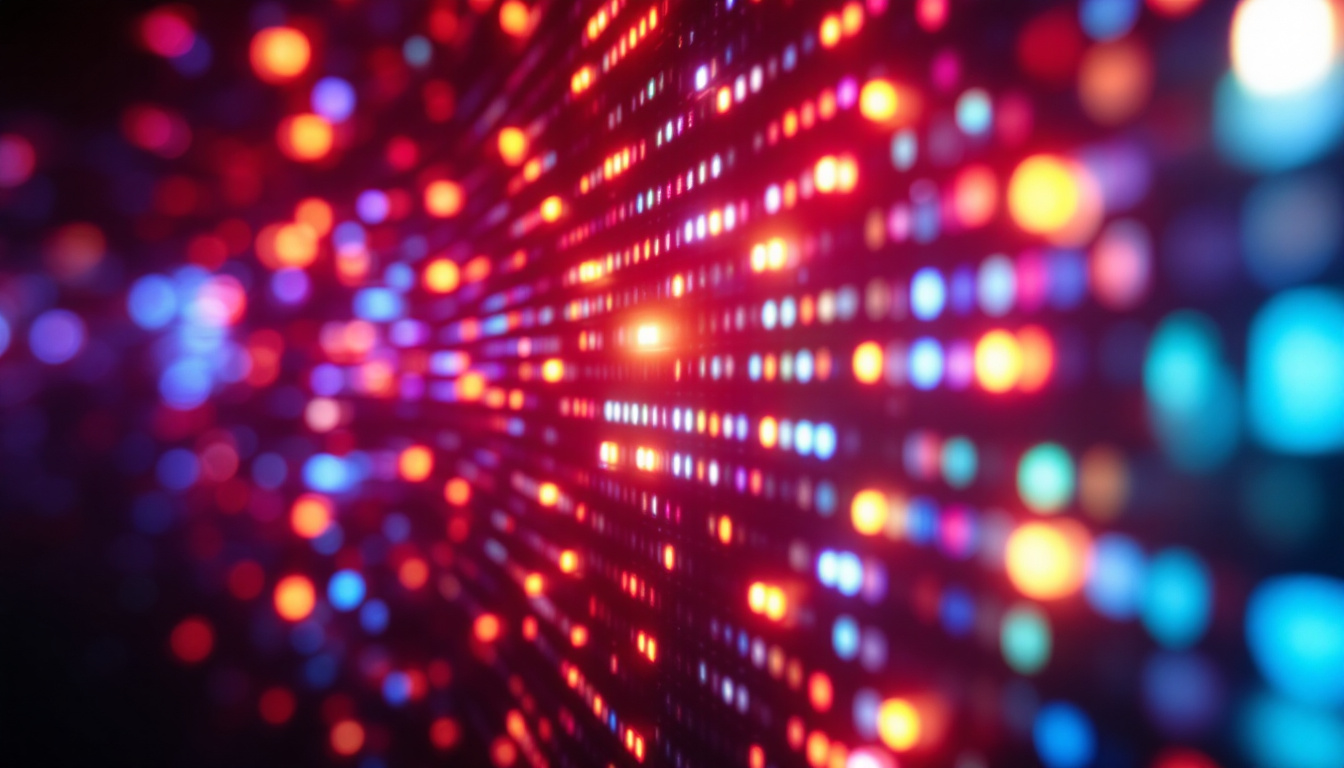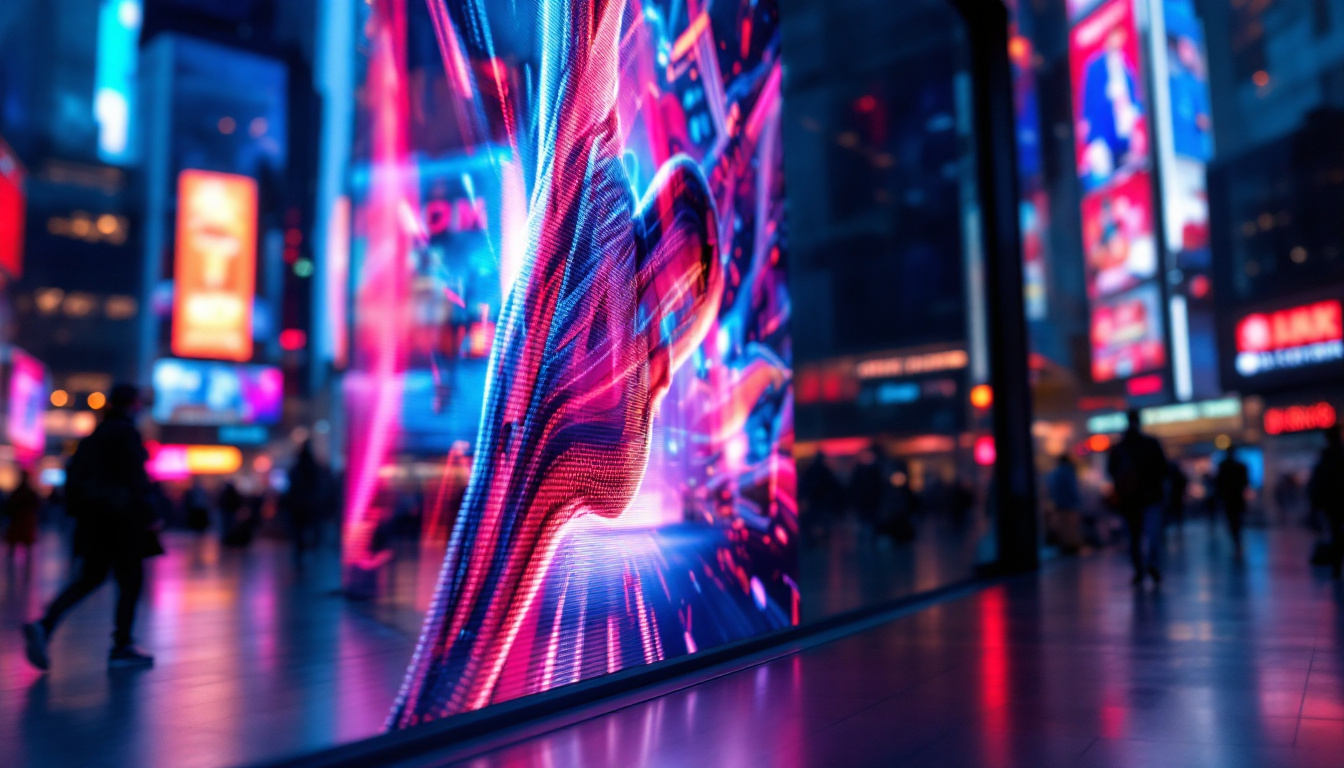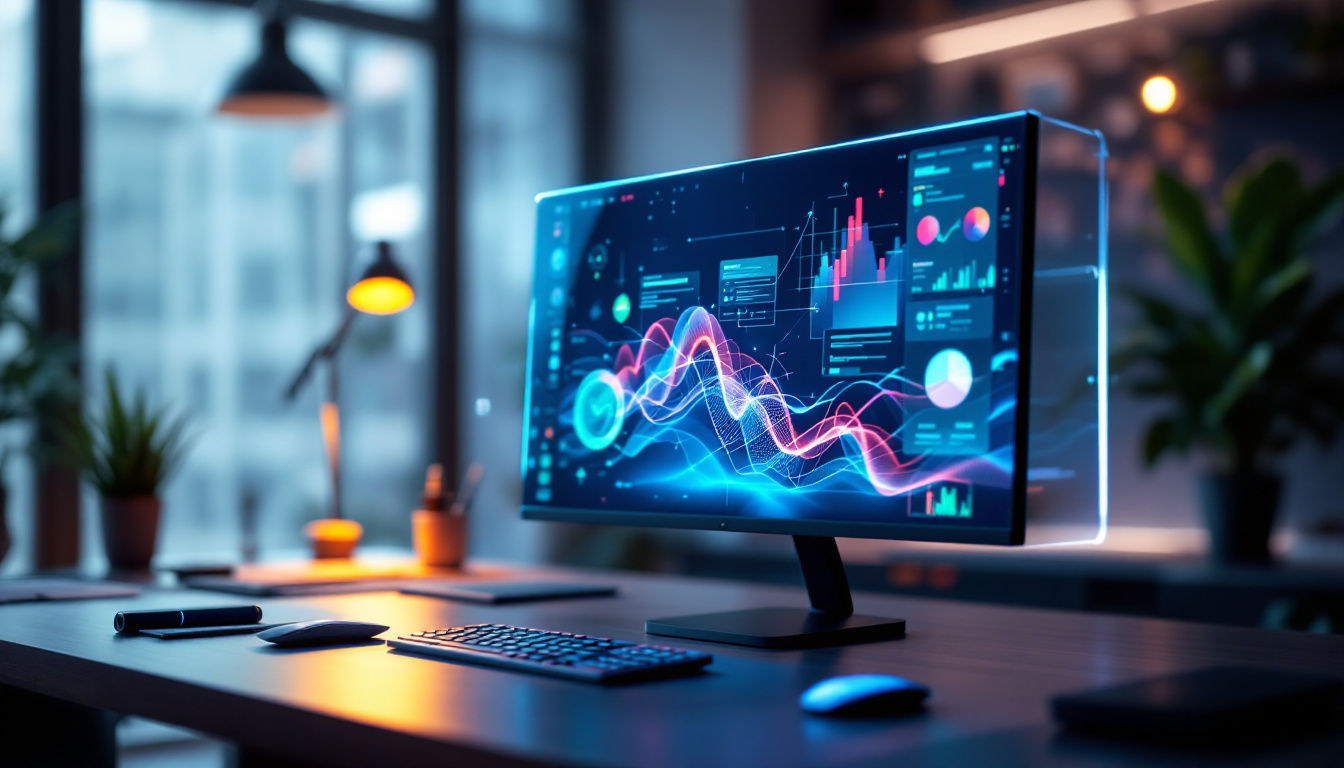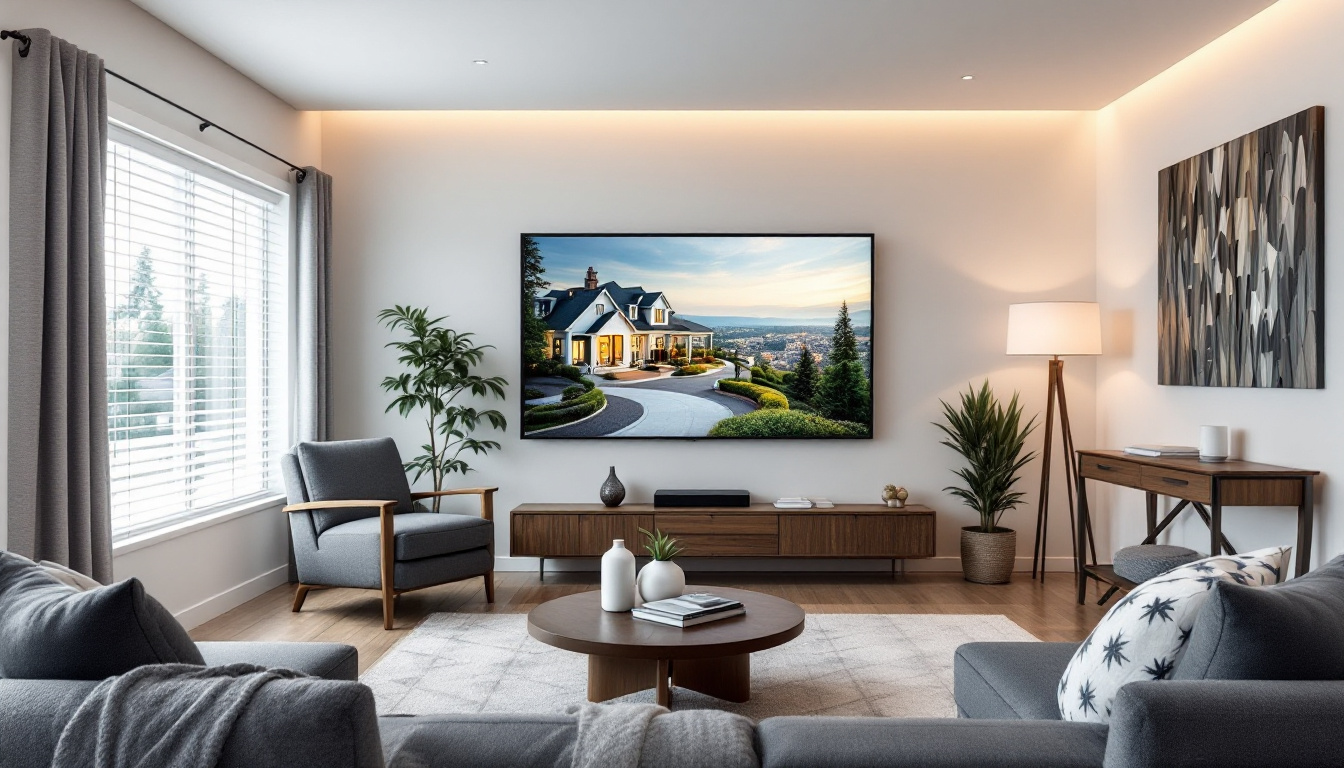In an era where visual communication dominates, the demand for high-quality technology stock footage has surged. Among the various elements that contribute to this visual landscape, LED displays stand out as a pivotal component. This article delves into the intricacies of LED displays, exploring their technology, applications, and significance in the realm of stock footage.
Understanding LED Technology
Light Emitting Diodes (LEDs) represent a significant advancement in display technology. Unlike traditional lighting methods, LEDs convert electrical energy directly into light, resulting in more efficient and vibrant displays. This technology has revolutionized how images and videos are presented, making them more appealing and accessible. The versatility of LEDs has led to their widespread adoption in various applications, from household lighting to large-scale billboards, showcasing their adaptability and effectiveness across different contexts.
The Mechanics of LED Displays
At the core of LED technology is the semiconductor material that emits light when an electrical current passes through it. This process is known as electroluminescence. The arrangement of these diodes in various configurations leads to the creation of displays that can be both small and large, catering to different needs. The innovation doesn’t stop at the basic functionality; advancements in LED technology have introduced features such as flexible displays and transparent screens, pushing the boundaries of what is possible in visual technology.
LED displays can be categorized into two main types: direct view and backlit. Direct view displays use individual LEDs to create images directly, while backlit displays utilize LEDs to illuminate a liquid crystal display (LCD) panel from behind. Each type has its advantages, with direct view displays often providing more vibrant colors and deeper blacks. Moreover, the integration of smart technology into LED displays has enabled features like touch sensitivity and connectivity with other devices, enhancing interactivity and user engagement.
Advantages of LED Displays
One of the most notable advantages of LED displays is their energy efficiency. Compared to traditional display technologies, LEDs consume significantly less power, making them an environmentally friendly choice. Additionally, they have a longer lifespan, often lasting tens of thousands of hours before needing replacement. This durability not only reduces the frequency of replacements but also minimizes waste, contributing to a more sustainable approach to technology.
Another key benefit is their brightness and clarity. LED displays can produce stunning visuals even in well-lit environments, making them ideal for outdoor advertising and events. The ability to display high-definition content with vibrant colors enhances the overall viewing experience and is a crucial factor in their popularity. Furthermore, advancements in color accuracy and contrast ratios have made LED displays a preferred choice for professional environments, such as graphic design and video production, where precision is paramount. As technology continues to evolve, the potential applications for LED displays are expanding, paving the way for even more innovative uses in everyday life.
Applications of LED Displays
The versatility of LED displays has led to their widespread use across various industries. From entertainment to advertising, their applications are diverse and impactful.
Advertising and Marketing
In the advertising sector, LED displays have become a staple for capturing consumer attention. Billboards, storefronts, and event venues utilize these displays to showcase dynamic content that can be easily updated. This flexibility allows businesses to adapt their messaging in real-time, making campaigns more effective.
Moreover, the ability to display high-resolution images and videos enhances brand visibility. Companies can create engaging advertisements that resonate with their target audience, ultimately driving sales and brand loyalty. The interactivity of some LED displays further elevates this experience; touch-sensitive screens can invite customers to engage directly with the content, leading to a more personalized marketing approach. This level of engagement not only captivates potential buyers but also fosters a deeper connection between the consumer and the brand.
Entertainment and Events
LED displays play a crucial role in the entertainment industry, particularly in concerts, festivals, and sporting events. large-scale LED screens are often used to display live feeds, graphics, and animations, enriching the audience’s experience. These displays can be configured in various shapes and sizes, allowing for creative and immersive installations.
Additionally, the use of LED technology in stage design has transformed performances. Artists can leverage these displays to create stunning visual effects that complement their music and storytelling, enhancing the overall impact of their shows. For example, synchronized light shows that incorporate LED screens can elevate a concert to an unforgettable spectacle, captivating audiences with a blend of sight and sound. The adaptability of LED technology also means that it can be used in unique formats, such as curved or transparent displays, which can further enhance the visual storytelling during live performances.
Corporate and Educational Use
In corporate settings, LED displays are utilized for presentations, meetings, and training sessions. Their clarity and brightness ensure that information is conveyed effectively, regardless of the room’s lighting conditions. This capability is particularly beneficial in large conference rooms or auditoriums.
Educational institutions also benefit from LED technology. Classrooms equipped with LED displays can facilitate interactive learning experiences, making lessons more engaging for students. The ability to display multimedia content enhances comprehension and retention, fostering a more dynamic educational environment. Furthermore, LED displays can be integrated with educational software that allows for real-time quizzes and feedback, encouraging student participation and collaboration. This interactive approach not only makes learning more enjoyable but also prepares students for a technology-driven world, where digital literacy is paramount.
The Role of LED Displays in Stock Footage
As the demand for high-quality stock footage continues to rise, LED displays have emerged as a focal point for videographers and content creators. The integration of LED technology in stock footage can elevate the visual appeal of videos, making them more marketable and engaging.
Capturing Dynamic Content
One of the primary advantages of incorporating LED displays in stock footage is the ability to capture dynamic and visually striking content. The vibrant colors and high contrast of LED displays can enhance the overall aesthetic of a video, making it stand out in a crowded marketplace.
Furthermore, the adaptability of LED displays allows for the creation of diverse content. From showcasing products to displaying animations, the possibilities are endless. This versatility enables stock footage creators to cater to various niches and industries, increasing their potential audience.
Enhancing Visual Storytelling
LED displays can significantly enhance visual storytelling by providing a backdrop that complements the narrative. Whether it’s a corporate video, a commercial, or an artistic project, the integration of LED technology can add depth and context to the story being told.
For instance, in a corporate setting, an LED display can showcase data visualizations or brand messaging, reinforcing the key points of the presentation. In contrast, in a creative project, it can serve as a canvas for artistic expressions, allowing for innovative storytelling techniques.
Challenges and Considerations
Despite their numerous advantages, the use of LED displays in stock footage and other applications is not without challenges. Understanding these challenges is crucial for content creators and businesses alike.
Cost Implications
One of the primary challenges associated with LED technology is the initial investment. High-quality LED displays can be expensive, and the cost may deter some businesses or content creators from adopting this technology. However, it’s essential to consider the long-term benefits, including energy savings and durability, which can offset the initial costs over time.
For stock footage creators, investing in LED displays can enhance the quality of their content, potentially leading to higher sales and increased demand. Therefore, weighing the costs against the potential returns is vital for making informed decisions.
Technical Expertise
Another consideration is the technical expertise required to operate and maintain LED displays. Understanding the intricacies of LED technology, including calibration and setup, is essential for achieving optimal results. Content creators may need to invest time in learning these skills or collaborate with professionals who specialize in LED technology.
Moreover, staying updated with the latest advancements in LED technology is crucial. As the industry evolves, new features and capabilities are continually being introduced, and keeping pace with these changes can be challenging.
The Future of LED Displays
The future of LED displays looks promising, with ongoing advancements in technology and design. As demand for high-quality visuals continues to grow, LED displays are likely to become even more prevalent across various sectors.
Innovations in LED Technology
Recent innovations in LED technology have focused on enhancing resolution, color accuracy, and energy efficiency. MicroLED and MiniLED technologies, for instance, are paving the way for even more compact and powerful displays. These advancements will enable the creation of displays that are not only brighter and more vibrant but also thinner and lighter.
Additionally, the integration of smart technology into LED displays is becoming increasingly common. Features such as connectivity, interactivity, and data analytics are transforming how LED displays are used, making them more versatile and valuable in various applications.
Environmental Considerations
As sustainability becomes a priority for many industries, the environmental impact of LED displays is also being addressed. Manufacturers are focusing on creating eco-friendly products that minimize waste and energy consumption. This trend is likely to continue, with a growing emphasis on sustainable practices in the production and use of LED technology.
Conclusion
LED displays have undeniably transformed the landscape of visual communication, offering numerous advantages across various sectors. Their applications in advertising, entertainment, corporate settings, and education highlight their versatility and effectiveness. As the demand for high-quality stock footage rises, incorporating LED technology can significantly enhance the visual appeal and storytelling potential of content.
While challenges such as cost and technical expertise exist, the long-term benefits of LED displays make them a worthwhile investment for businesses and content creators alike. With ongoing innovations and a focus on sustainability, the future of LED displays promises to be bright, paving the way for even more dynamic and engaging visual experiences.
Discover LumenMatrix LED Display Solutions
Ready to elevate your visual content with the latest in LED display technology? Look no further than LumenMatrix, where innovation meets excellence in creating immersive visual experiences. Whether you need an Indoor LED Wall Display for your corporate events, an Outdoor LED Wall Display for impactful advertising, or any of our other versatile solutions like Vehicle LED Displays, LED Posters, or Custom LED Displays, LumenMatrix has you covered. Embrace the future of visual communication and captivate your audience with unparalleled clarity and engagement. Check out LumenMatrix LED Display Solutions today and transform your space into a dynamic visual showcase.

